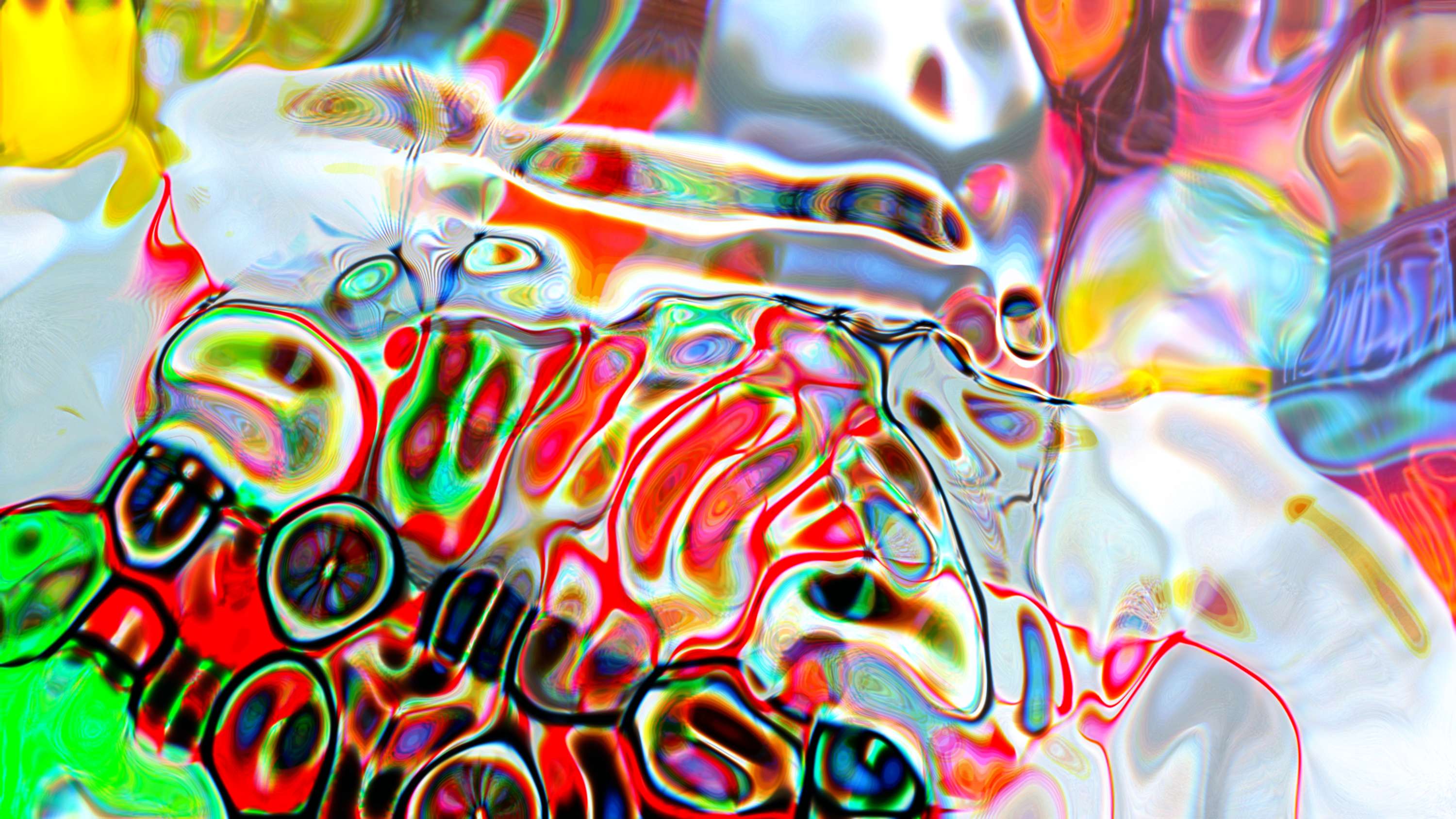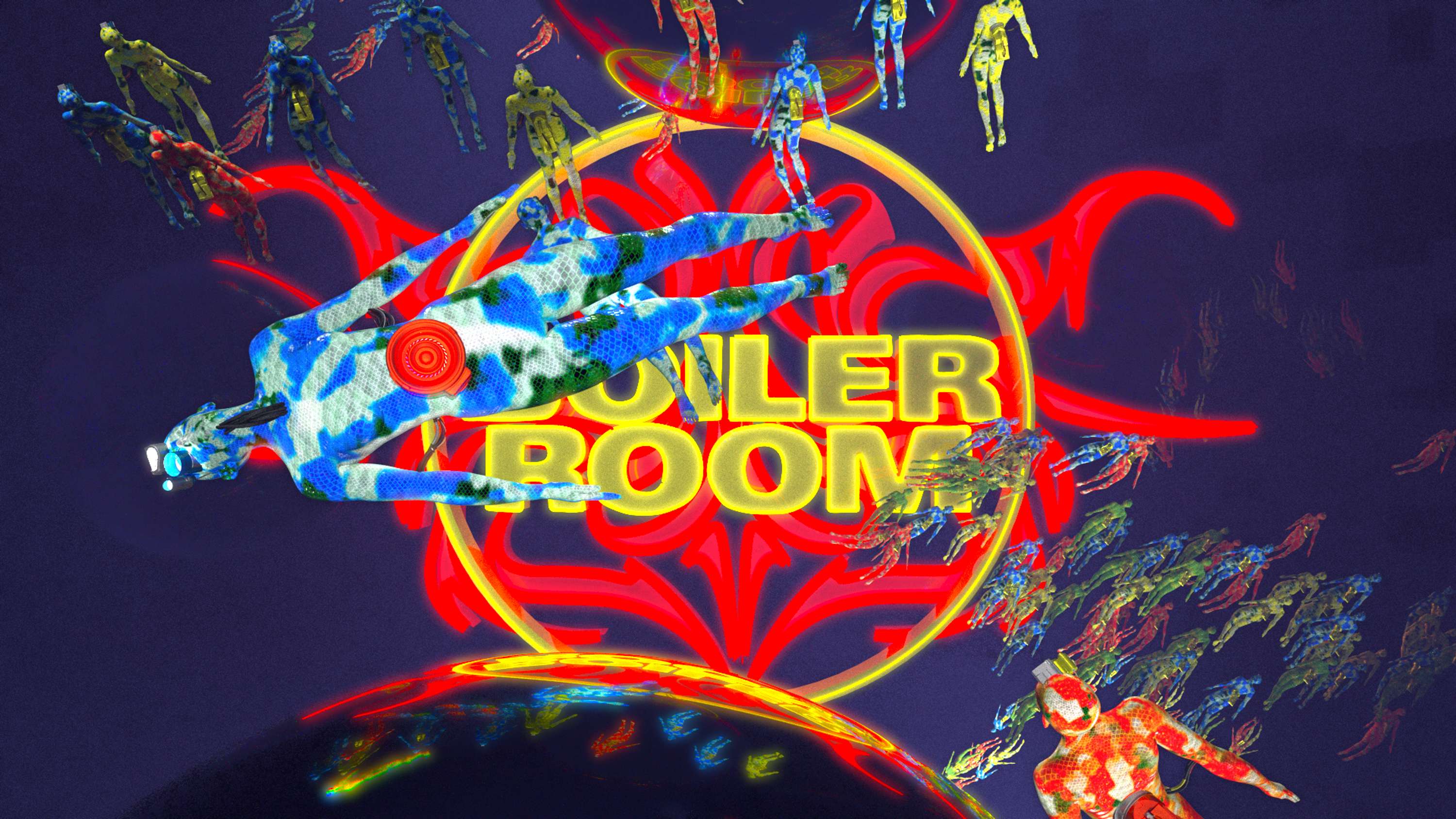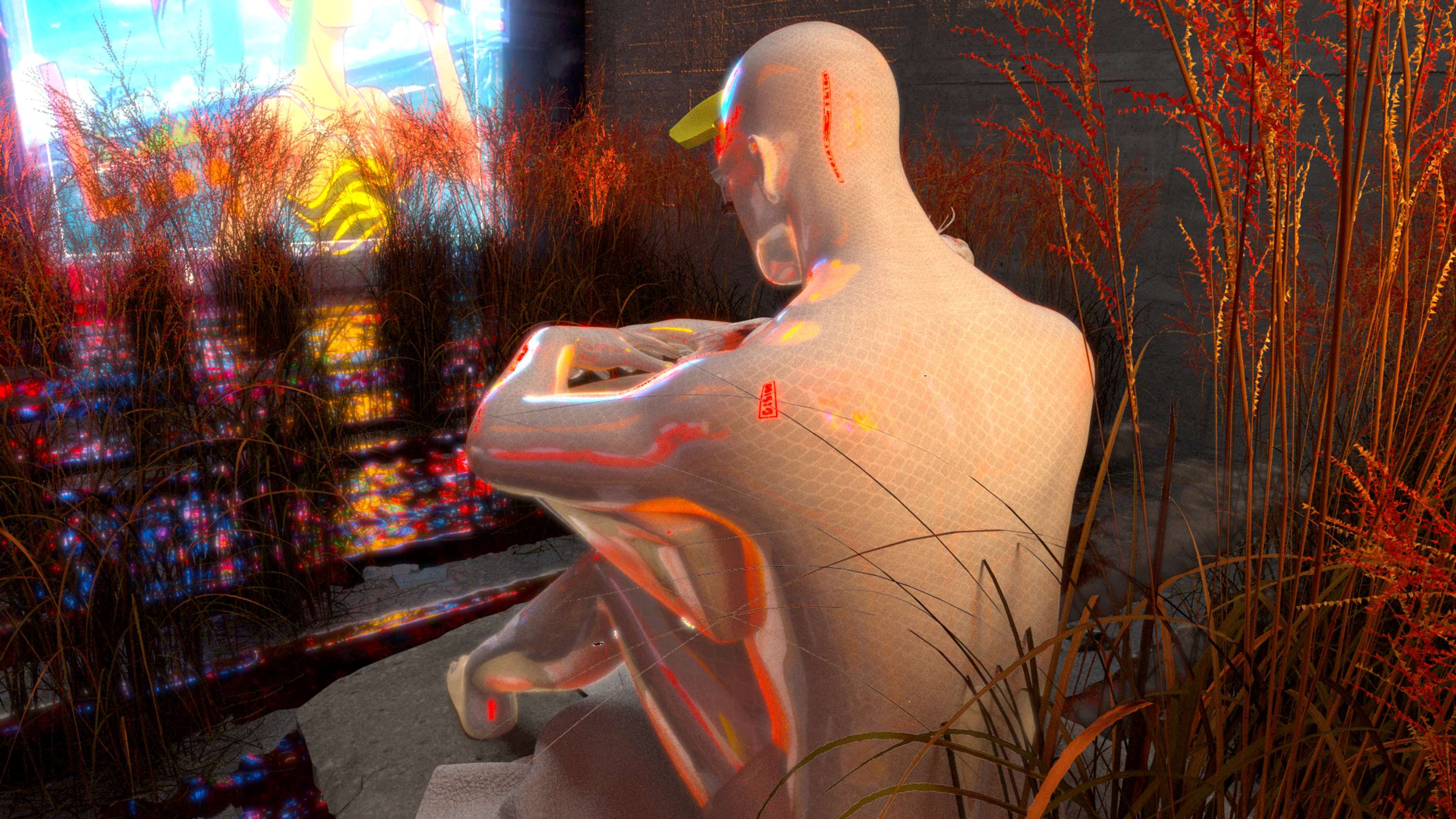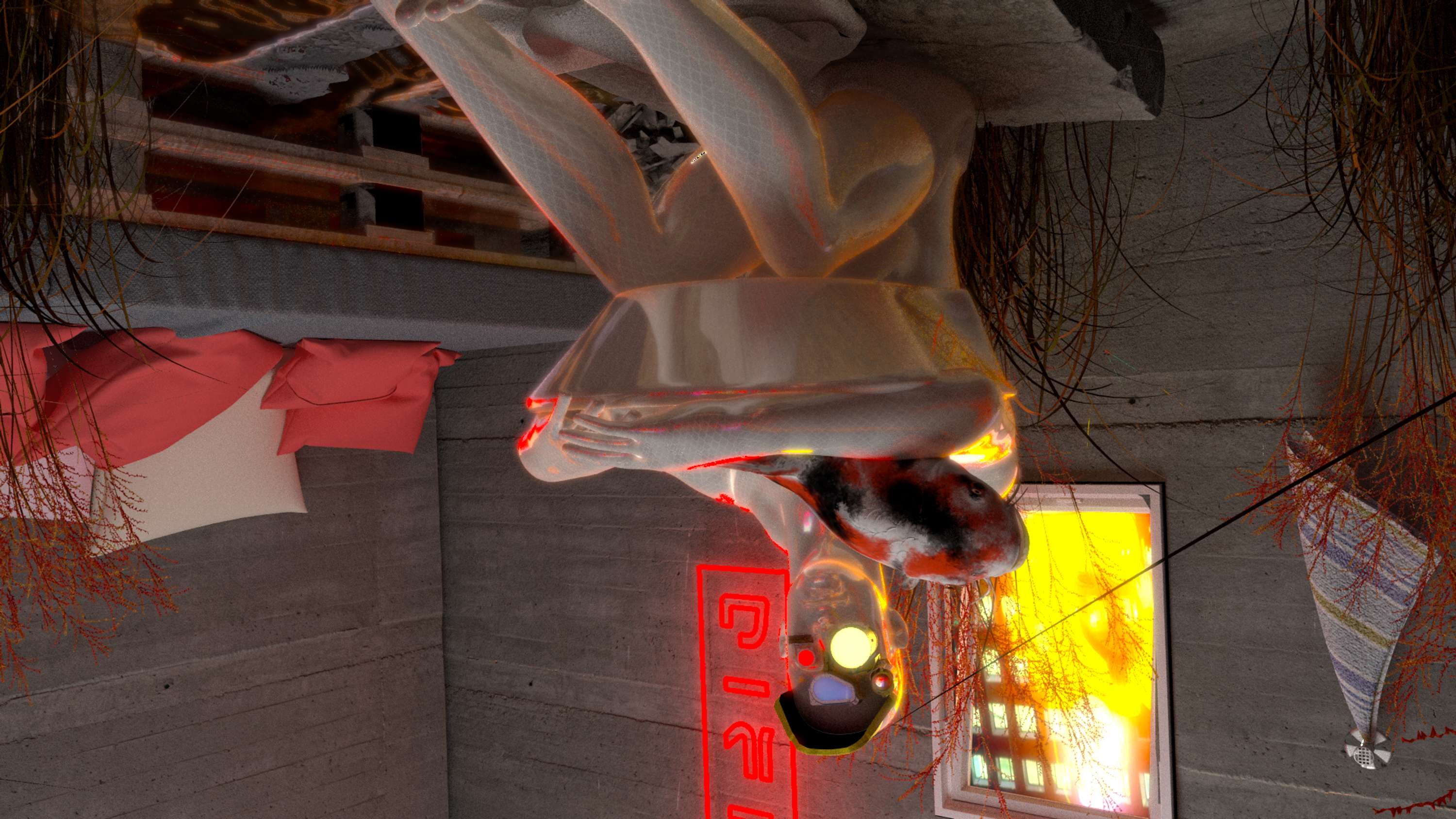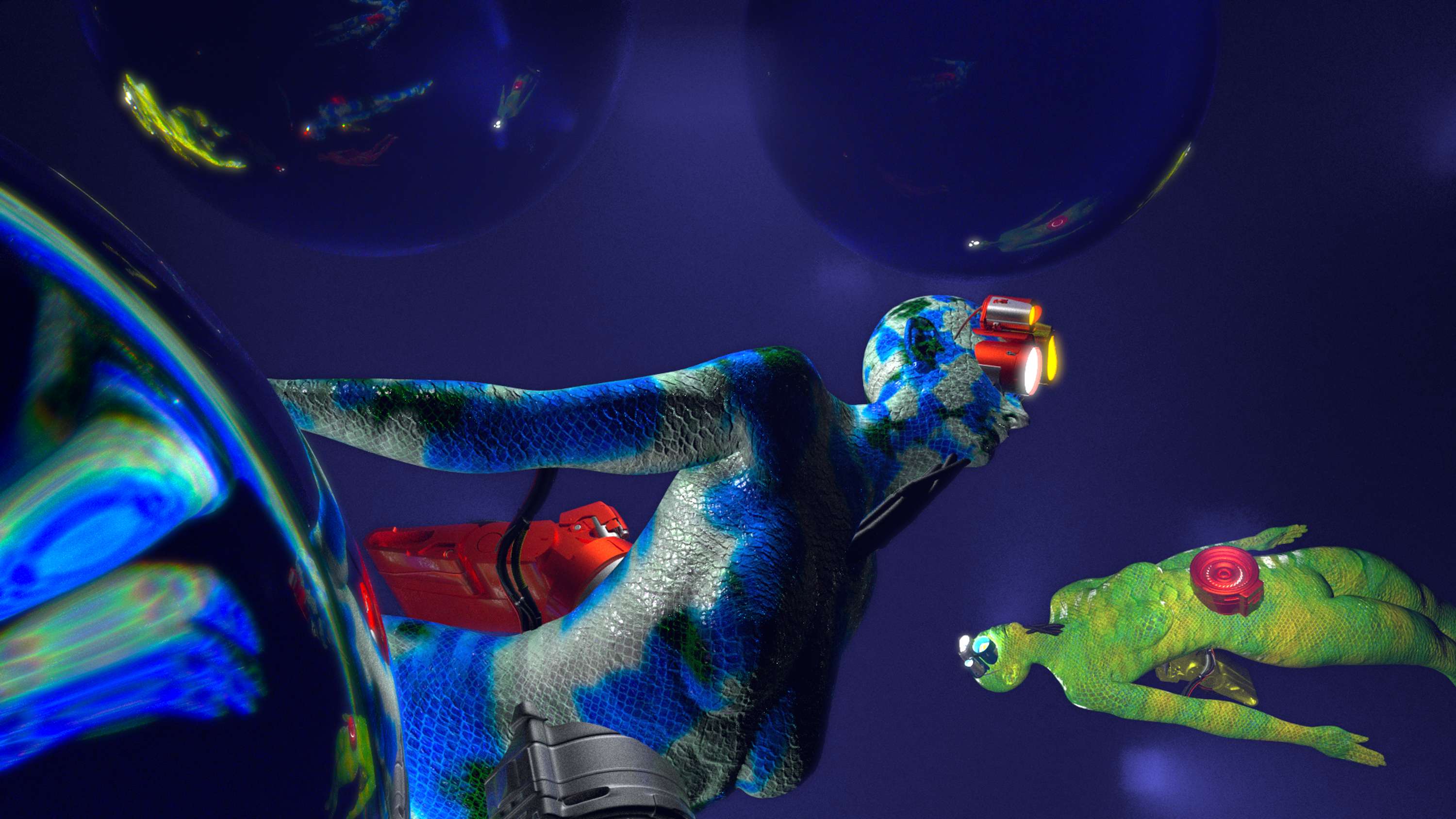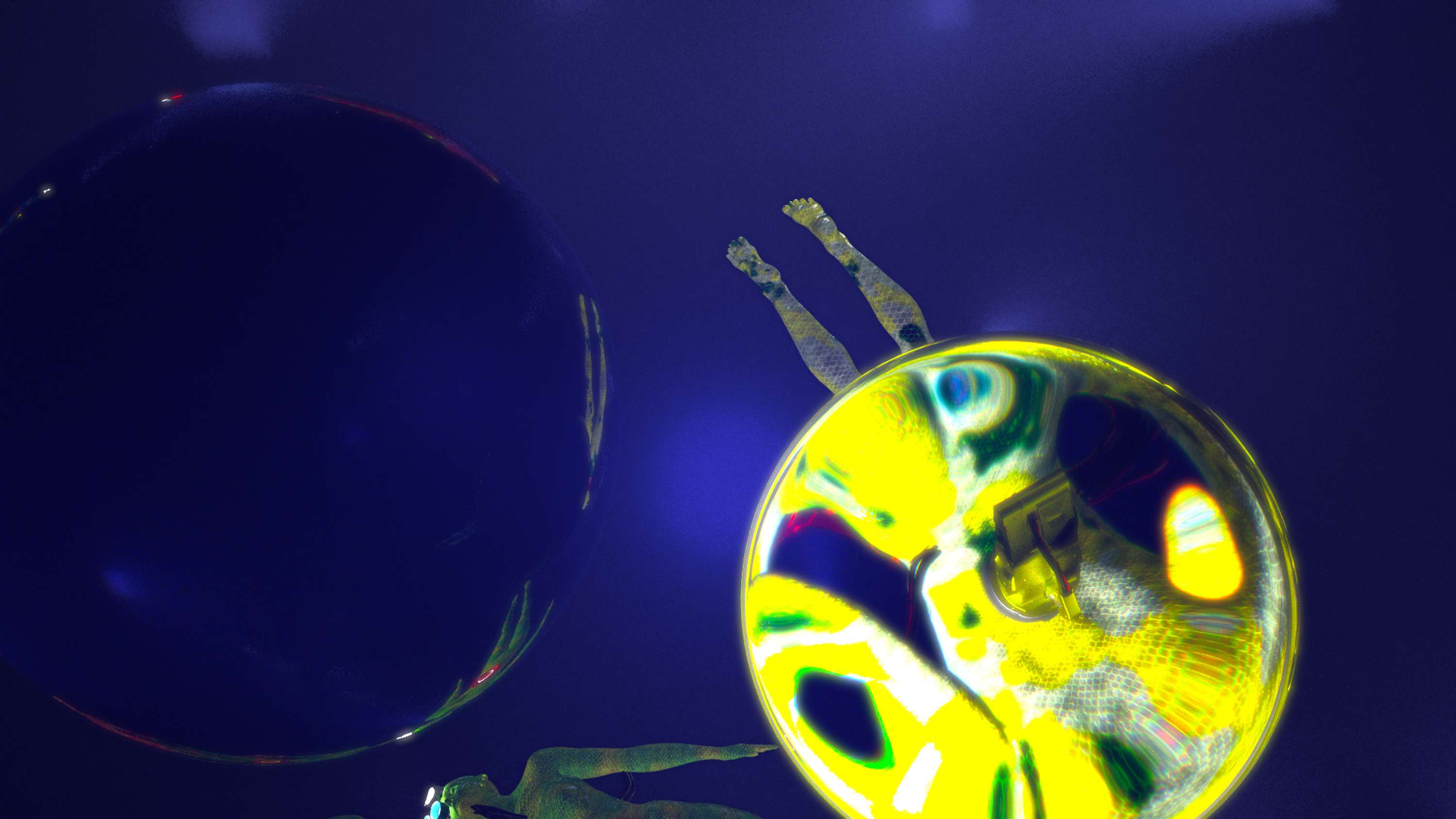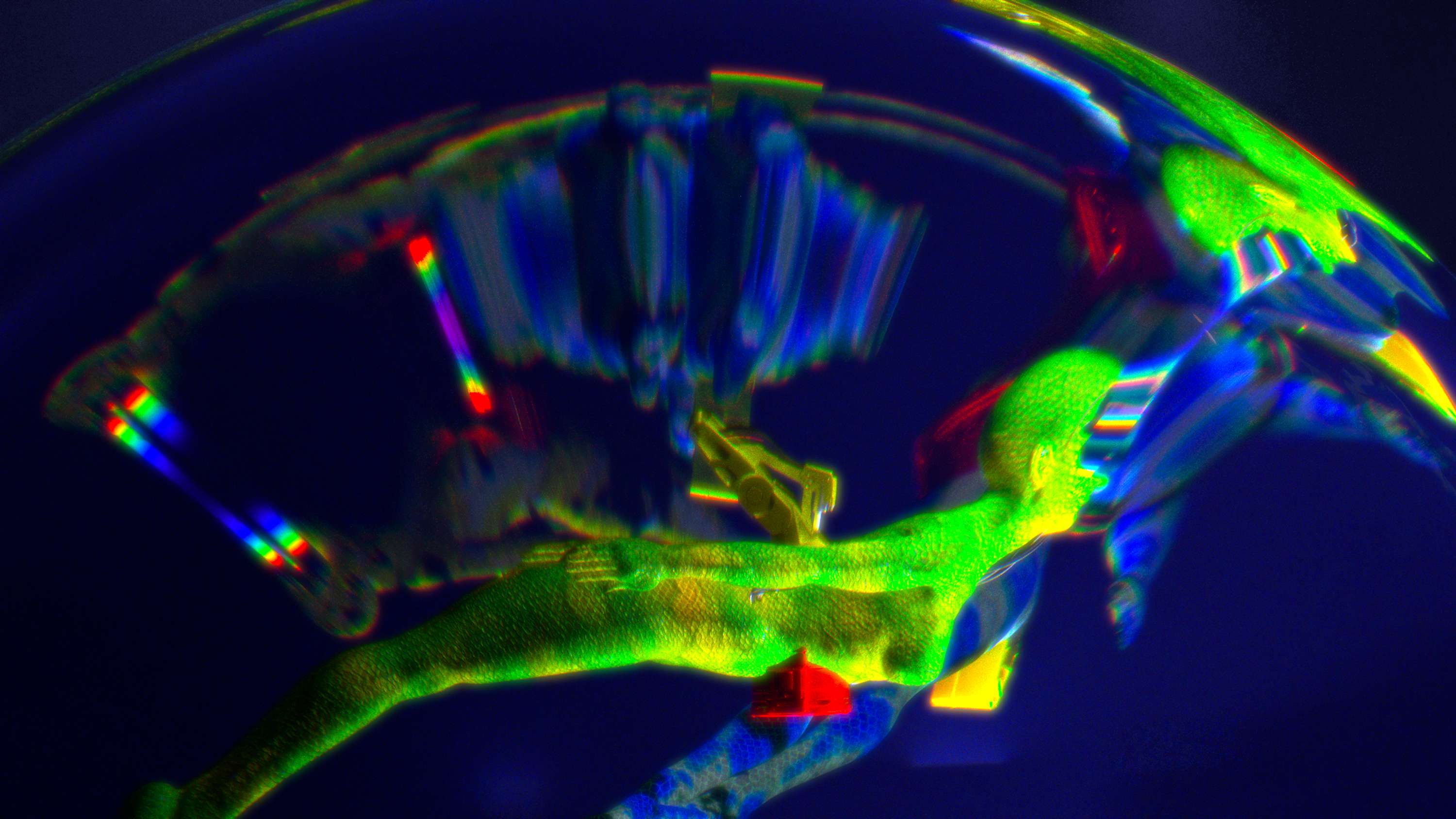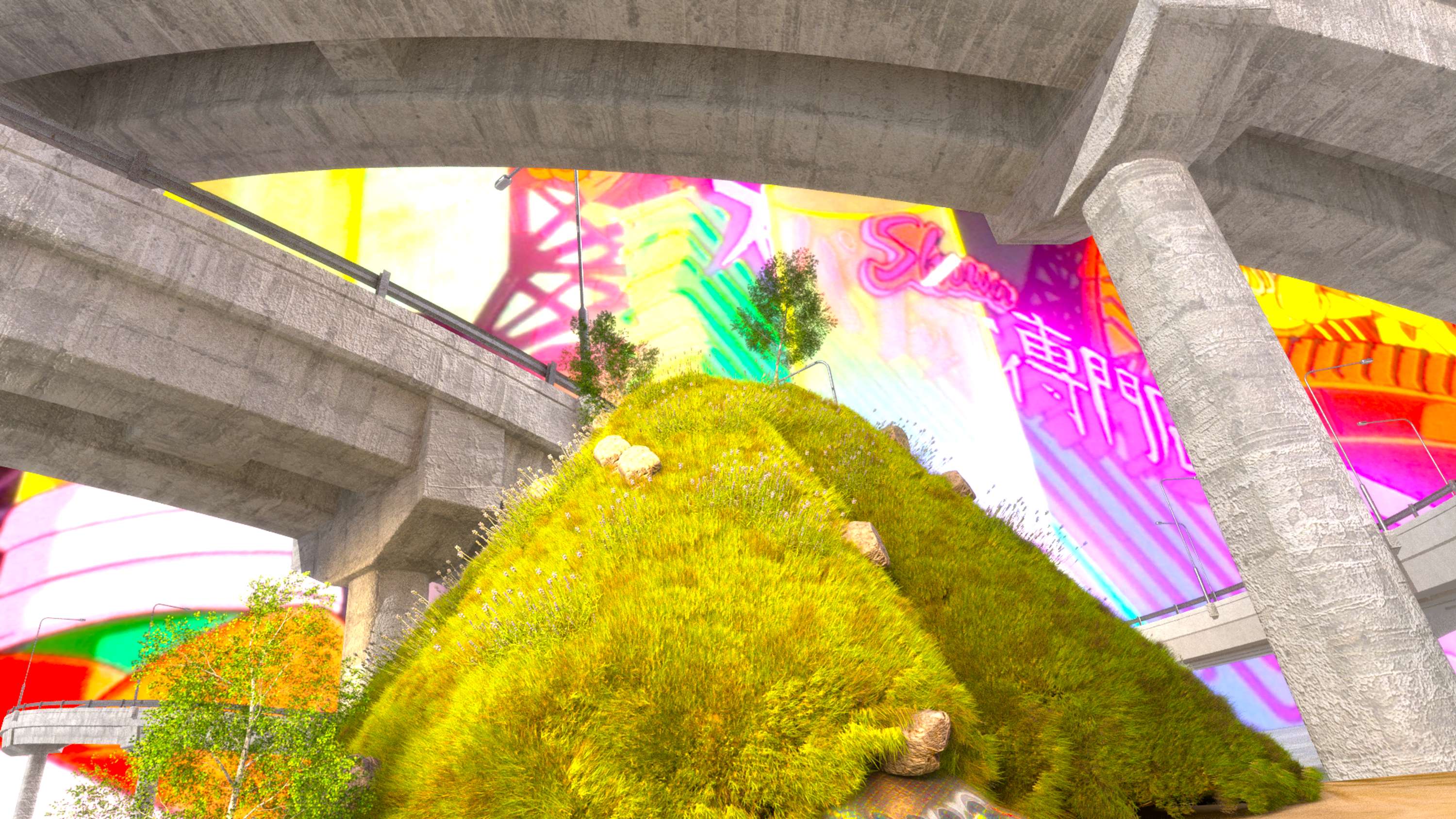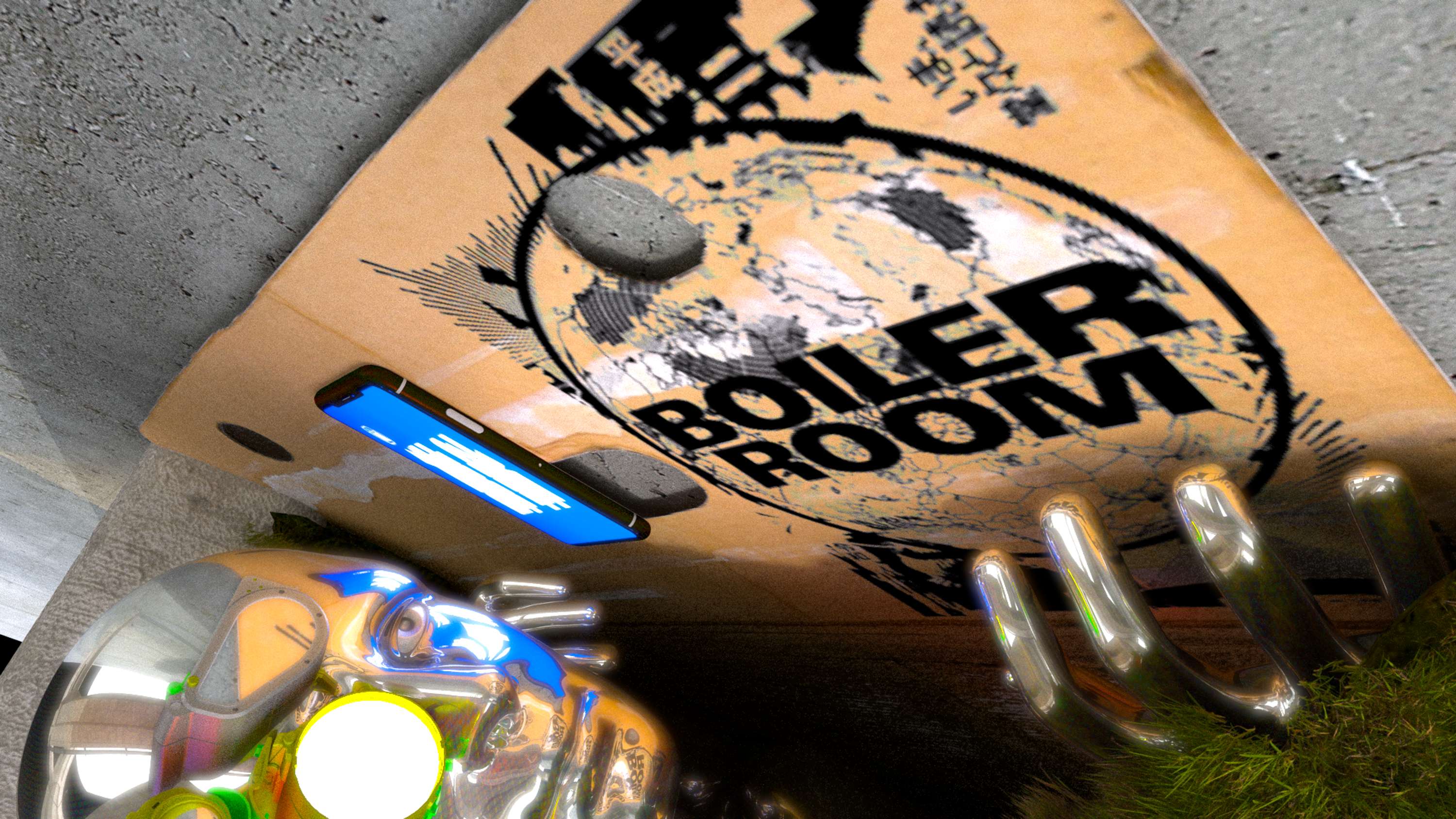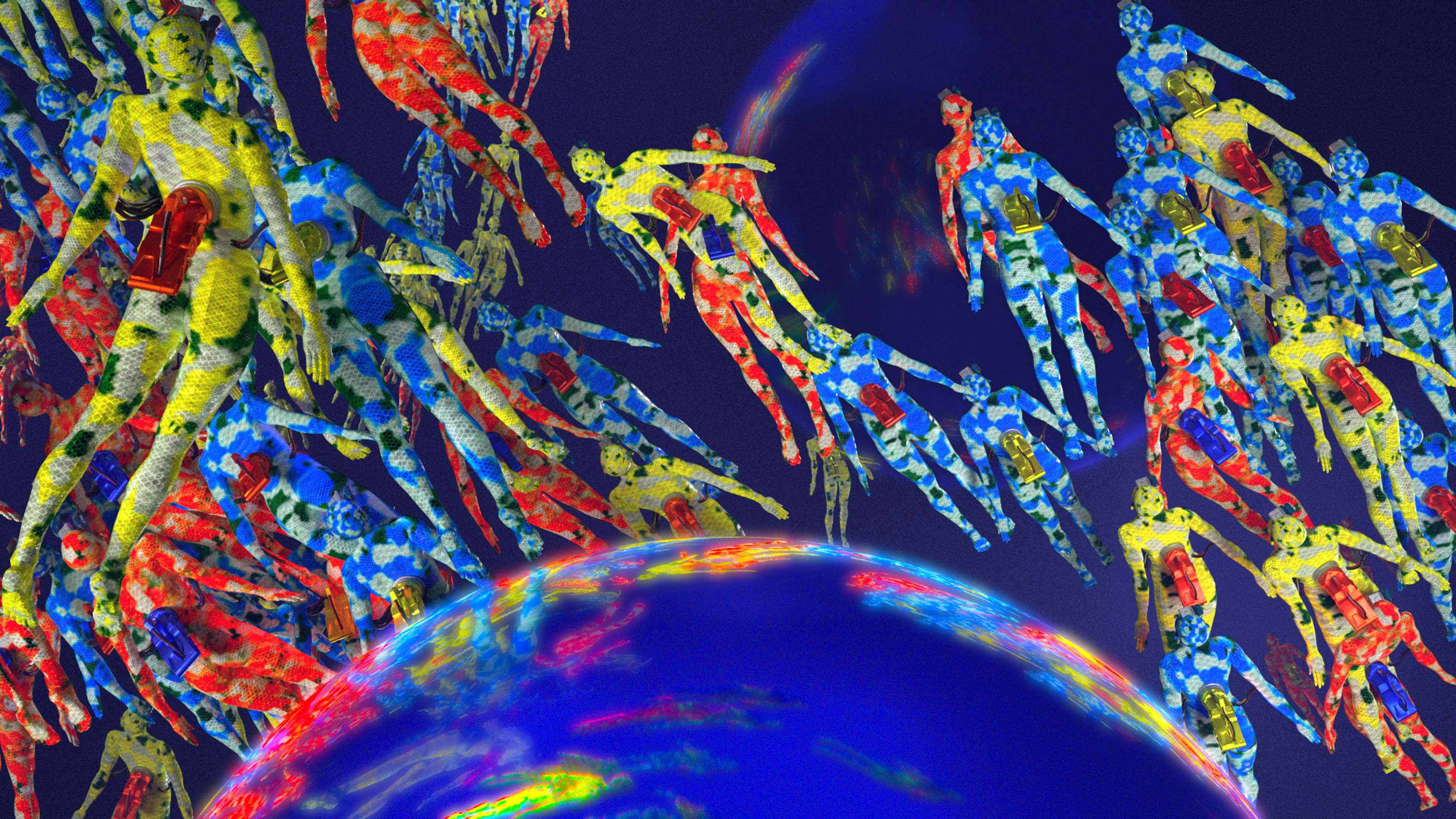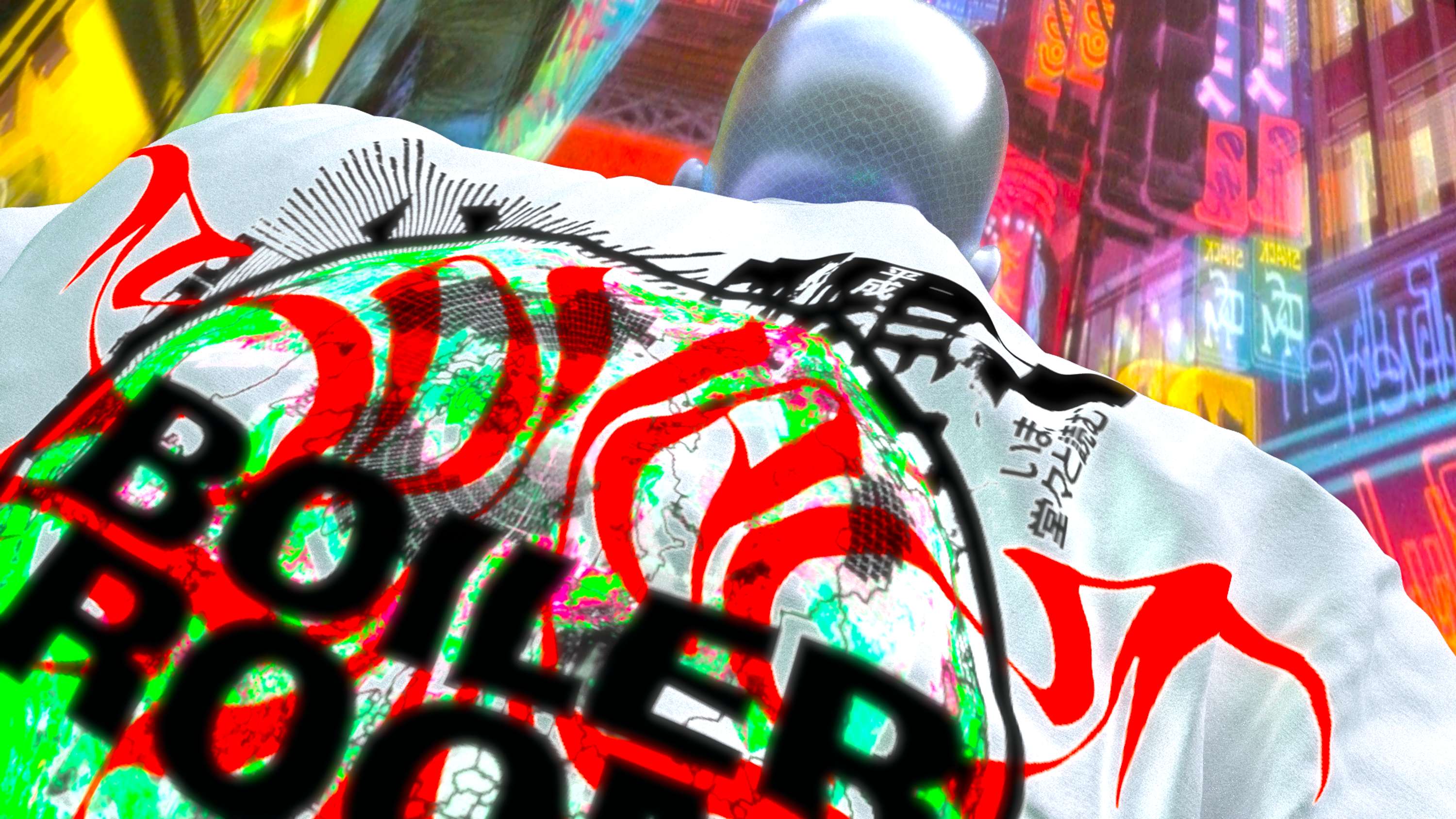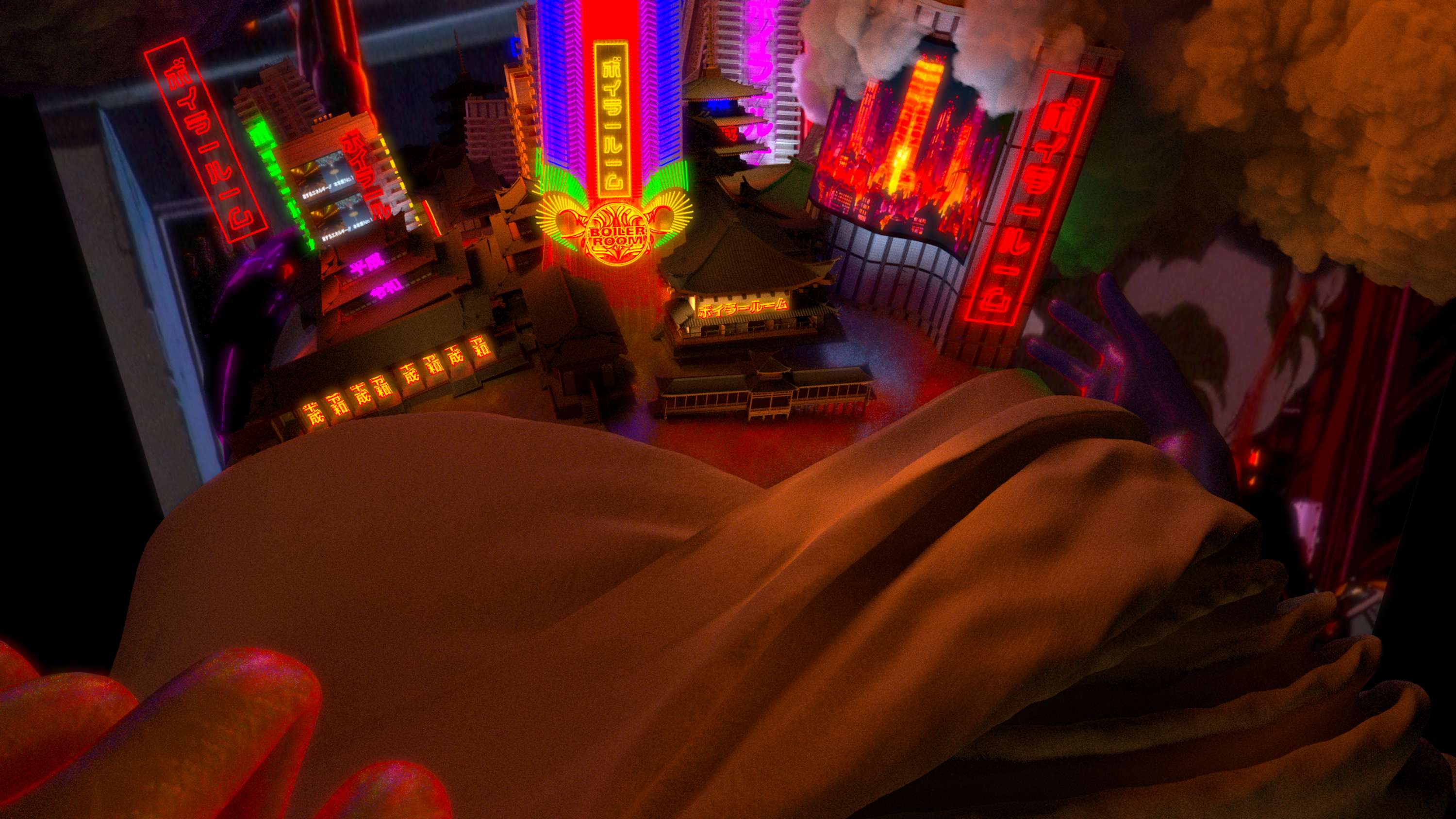BOILER ROOM Sting Animation 2019
In close collaboration with Boiler Room we discussed themes surrounding escapism and how human beings have always needed a way to escape reality and to transcend the challenges and turmoil of day-to-day life. With Boiler Room standing at the forefront of club and dance music culture we wanted to explore how over the course of history we’ve used music and dance as a gateway to a different state of consciousness. Tokyo, Japan, A tech mecca that is harboured by mass communication, a city with a social equilibrium like no other offers never-ending avenues of pockets to fall into and possibilities to escape reality. This delve into an alternative Japanese culture in the capital city that habitats 11% of the Japanese population helped us to exemplify our ideas and symbolism throughout the piece. Yet, behind this palimpsest of flashing neon lights and screens that can talk to one another, social study suggests an alarming increase in Japanese youth suffering with mental health in escapism addiction; specifically in internet escapism. This isn’t a new subject matter discussed and explored by Japanese artists. Tetsuya Ishida tackles Japanese identity and his role in today’s world. His work denotes the constant struggles to adapt to vast social and technological changes in Japanese contemporary culture. Ishida’s work acted as an important reference in how we depict our humanoid forms and many of his ideologies and iconographies are clearly re-imagined in our piece. Another key case study which sits prominently parallel to exploring the subject of escapism is Japan’s 67-year ban on dancing in public spaces that was enforced after World War 2. The ban abolished in 2015 forbade dancing in venues and public spaces without a special ‘dance license’. To transcend the challenges, restrictions and mundane forecast of everyday prospective life our piece orbits through speculative narratives, to seek a psychedelic out-of-body experience using music and dance as a gateway to a different state of consciousness. In the film we rotate between two contrasting parallels universes, in the scenarios where the camera appears on surface level we explore the stark contrast between what is real and what is artificial, hyperreal greenery is juxtaposed against a dystopian urban skyline. Within this vast mass communication created in our 3-D environment, the viewer feels a certain uncomfort, the sound design by producer Mehtola is intrusive, and situated within this landscape is our humanoid figure, in its own reality, transfixed to his device it has escaped in. The underworld scenes depict the humanoids outer-reality experience inside the device, connected with thousands upon hundreds of thousands of other humanoids unified virtually by music and dance, the humanoid figures are mapped as Japanese Koi. In Japan, Koi is seen as a symbol of perseverance due to the fish’s tendency to swim upstream and resist the flow of water, a metaphor for this subconscious persistence to escape reality. Our final reference, and probably the most apparent on a visual basis is Katsuhiro Otomo’s 1988 AKIRA, This Japanese animated post-apocalyptic cyberpunk film was set in a dystopian Tokyo in 2019 which is the year Japan will transition from Heisei era (1986-2019) to Reiwa era.
